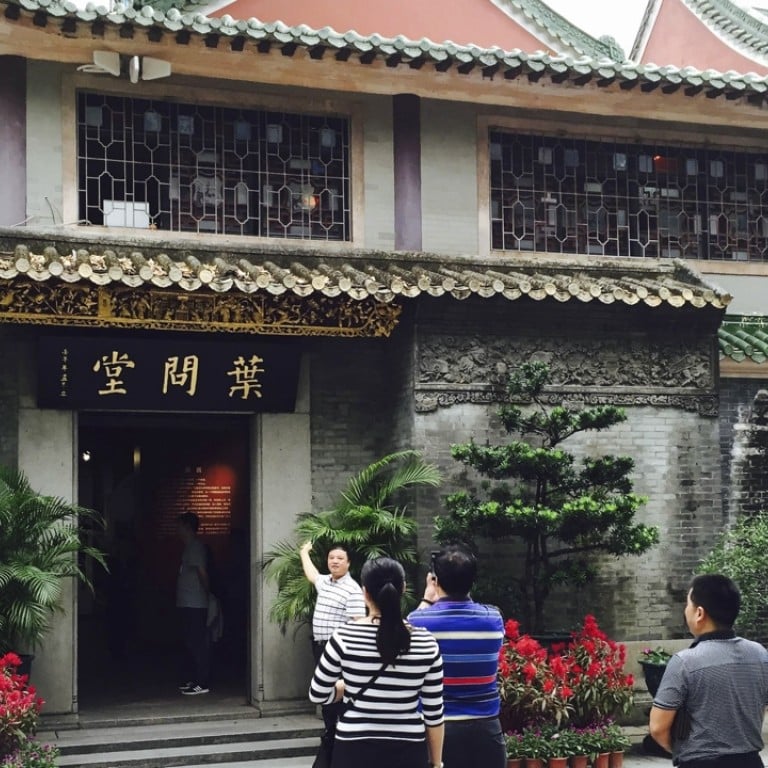
How to spend 48 hours in Foshan, city of ceramics and kung fu legends Bruce Lee and Ip Man
‘Guangzhou’s little brother’ makes a great short getaway for Hongkongers. Mark Sharp gets on the trail of two martial arts legends and takes in the nightlife, a toilet waterfall and the world’s biggest furniture market
Foshan, nicknamed “Guangzhou’s little brother”, is reputed for its cultural life. Besides its protected historical sites, ceramics and furniture shopping and nightlife, it’s also a proud cradle of kung fu. Wing chun grandmaster Ip Man was a Foshan native, as were the family of his most famous disciple, superstar Bruce Lee.
To get a local perspective on its potential for a 48-hour getaway from Hong Kong, I book a room on home rentals website Airbnb and jump on a bus for the 3½-hour ride.
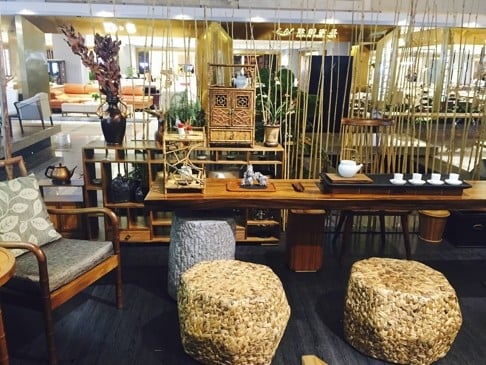
Lecong furniture market
My Airbnb host Lisa (who has “Superhost” status due to many recommendations for hospitality) whisks me 20 minutes south over the Dongping Waterway to Lecong town, Shunde district, home of the world’s largest furniture market. One mall is appropriately named Lecong Furniture Kingdom.
It would take a month to visit the whole of furniture country, which stretches for tens of kilometres and pulls in visitors from around the world. It has so many gigantic malls – specialising in home, garden, office or hotel furniture – that there are hotels in Lecong catering solely to buyers. Visitors from South Asia and the Middle East are served by a string of restaurants on and around Lecong Avenue, including Best of India Curry Palace, Lotus Indian and some named only in Arabic script.
We visit one of the smaller malls – the multilevel Louvre International Furniture Exhibition Centre, which could swallow an Olympic-sized stadium. Endless corridors are packed with everything from slick European brands to artisanal Chinese furnishings.
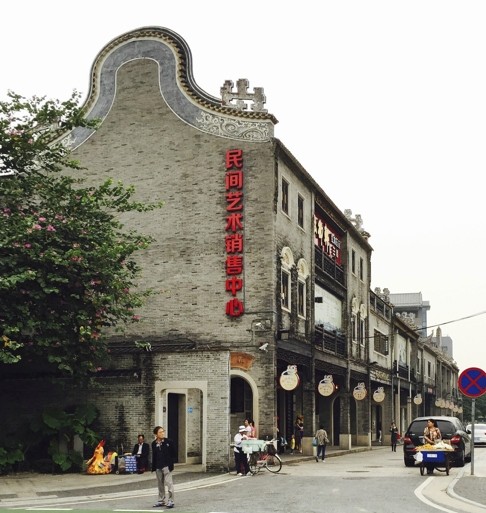
Foshan Lingnan Tiandi
For dinner, head to Foshan Lingnan Tiandi, in the heart of old Foshan on Donghua Lane.
A quaint mix of old grey brick buildings with “wok-handle roofs” in the southern Chinese Lingnan style, and matching new buildings, Tiandi mixes traditional culture with a trendy nightlife. It has an old winery, a wedding hall that can be rented for traditional Lingnan nuptials, and a hall dedicated to wing chun, the kung fu technique developed in Foshan.
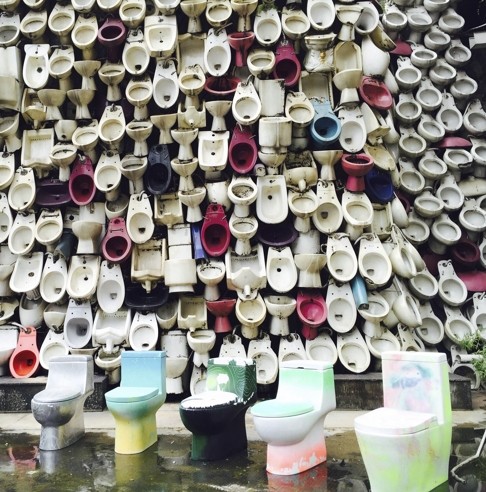
For a bit of spice I dine on the terrace at Yunnan Taste, in the shadow of the bell tower, with friendly waiting staff in traditional minority dress. I order fish with lime-chilli sauce, purple potatoes with sauce and a Yunnan Dai Beer. The fair-sized portion of cold river fish, shredded with raw greens, was spicy and tangy, but the sweet potatoes came with ketchup rather than sriracha. For 90 yuan it’s a bargain, though.
Across from Yunnan Taste is the seemingly popular Paddy Field Irish Bar and Restaurant. Staff speak English, and Filipino waiter Rocky attends to customers with live-wire enthusiasm and a pitch-perfect impersonation of Austin Powers: “Let’s do it, baby!”
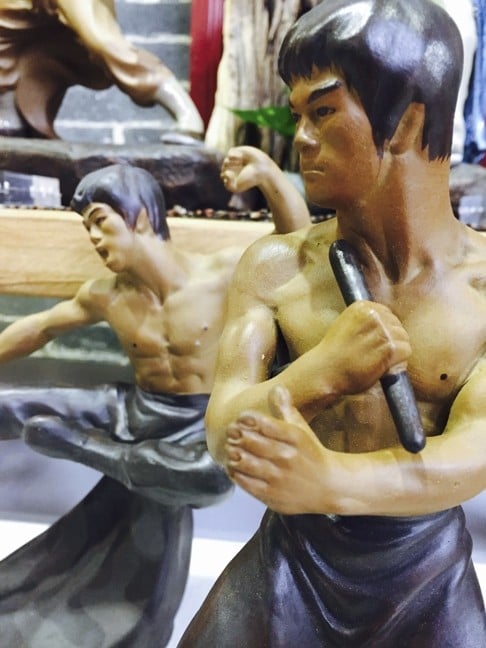
Ancient Nanfeng Kiln
Day two begins with a breakfast of congee, noodles and choi sum at a basic siu sik deem. Then Lisa takes me to the Ancient Nanfeng Kiln and adjoining 1506 Creative City in Giaomiao Street, Shiwan town. The 500-year-old, long-bodied dragon kiln is China’s oldest and still in working condition. Although its historical value is beyond doubt, the real draw is the surrounding area of Creative City, with a ceramics museum, artists’ village and streets dedicated exclusively to shops selling reasonably priced antiques, art and ceramics in traditional and modern styles.
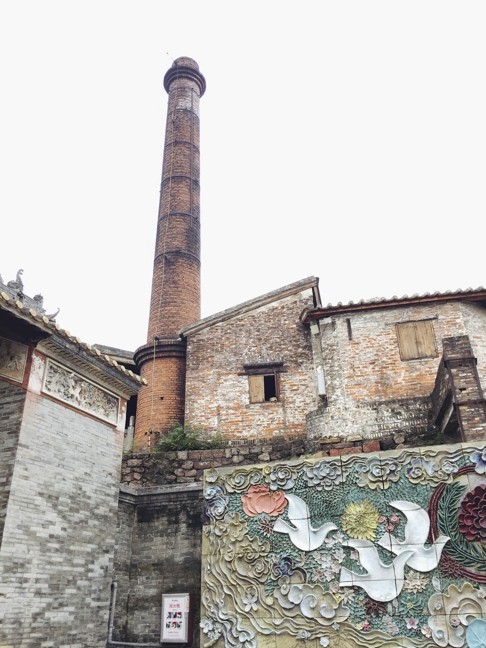
Visitors can wander through a warren of old narrow lanes, where you may stumble across a red-ribboned wishing tree and an old Lin family home. A peculiar decorative feature of 1506 is its man-made fountains of items such as toilets, pots and horse troughs.
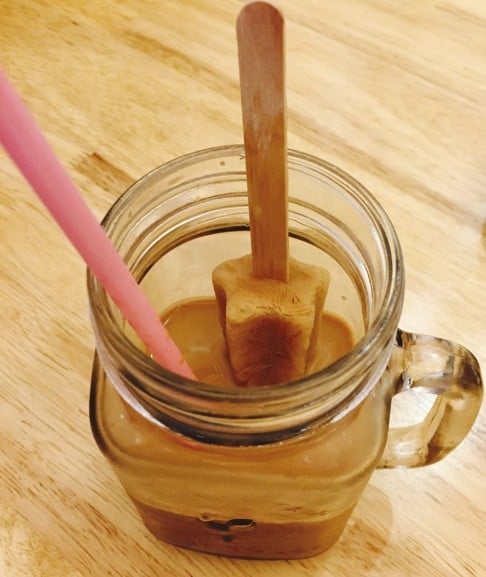
Lunch beckons, and for modern Chinese cuisine we head back to Tiandi, where Lisa recommends Backstreet. The decor is whimsical, with rickshaw seating, white-painted birds in the rafters and touch screen menus. We dig into yellow fried croaker, Dragon Well Tea-infused pork ribs, roast goose and fried Chinese kale.
The goose is juicy, as is the pork, which is crispy on the outside, sweet and smoky from the tea.
Feeling full, we skip the novel desserts, though I have just enough room for an ice lolly milk tea.
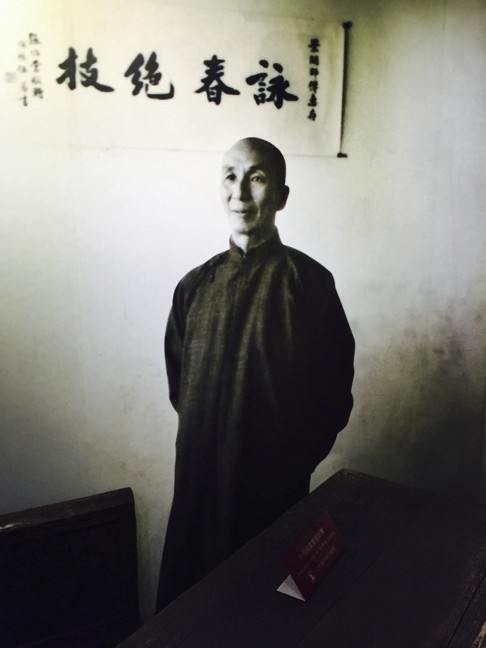
Zumiao Museum
In the afternoon, head to the Zumiao Museum, a protected national tourist site across from Lingnan Tiandi. Dating from the Northern Song dynasty (960 to 1127), the old Taoist compound is the site of a well-preserved historical Confucian temple and ancestors’ hall.
Zumiao Museum also has a hall honouring Ip Man. On display are weapons used by kung fu practitioners, such as swords and staffs, and photos and a bust of Ip and his story. There are also DVD covers of films starring Ip’s famous disciple, Bruce Lee, whose family’s ancestral village is further south in Shunde district.
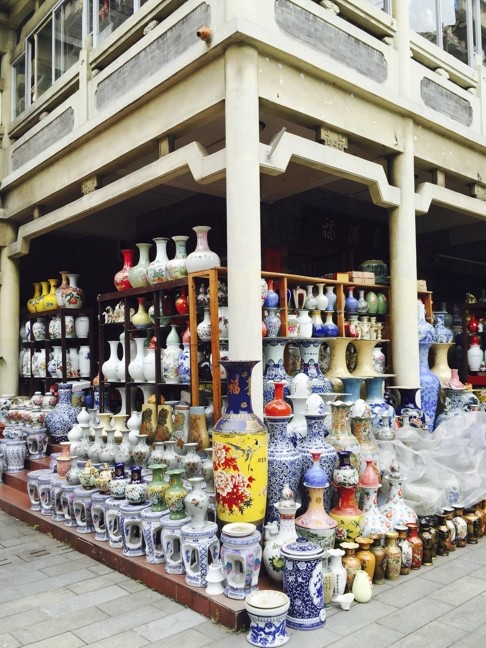
Shopping
Cultured out, I check out the large malls near the Zumiao underground station as night falls, and find the surrounding shops have better quality everyday clothing and sportswear. One of the largest centres is A11 Shopping Mall, with an uninspiring retail mix of Apple products, a Starbucks, cheap kids’ clothes and massage chairs, a gold shop and plastic surgery practice. Next door, a blue glass skyscraper with a ball on top and no English name is better organised, with Men’s World, Women’s World and electronic products floors. The brands are local and appear to be copycats of expensive Westerns labels.
For dinner I head to Nha Trang in Tiandi for Vietnamese food. Its small, battery-powered table-top lamps are handy for reading the menu and waving about to attract the friendly but inattentive waiters.
The pho with thin slices of beef are big enough for two, but too salty. The prawn toast hits the spot for its oven-fresh baguette slices and a mashed prawn spread toasted lightly on top.
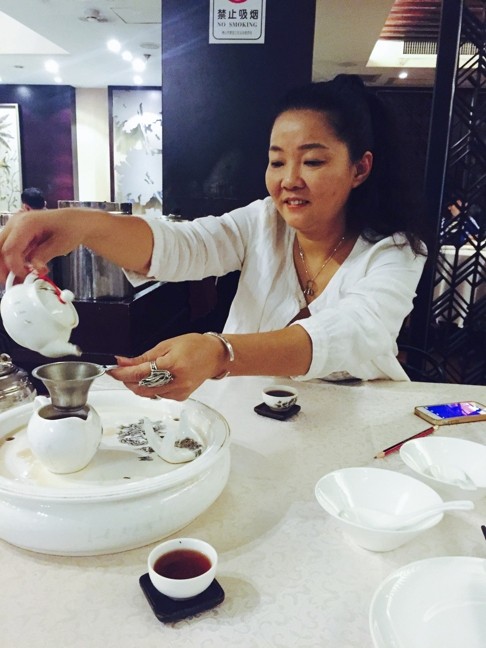
The next morning Lisa and I have a farewell dim sum breakfast, then she drops me off at the bus pick-up. With a hug and a handshake, I thank Lisa for looking after me and promise to add my own Airbnb recommendation to her already long list.
Getting there
Several bus services run from Hong Kong airport (hongkongairport.com). Trains (it3.mtr.com.hk) also depart daily from Hung Hom, but this involves changing trains at Zhaoqing.
Where to stay
There are plenty of hotels to choose from. The Marco Polo Lingnan Tiandi (marcopolohotels.com) and
Hotel Fortuna (hotelfortuna.com.cn) are both in handy locations.
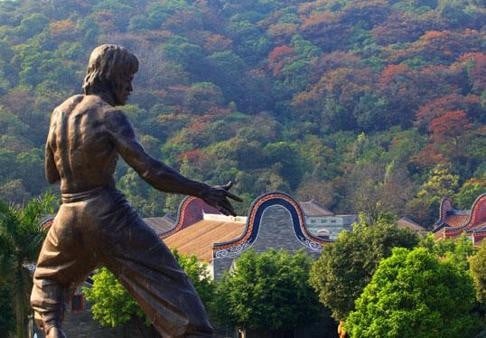
Bruce Lee Paradise
There are several sites dedicated to kung fu and wing chun grandmaster Ip Man in the heart of Foshan city. However, those searching for the real Bruce Lee experience should venture farther south, to Shunde district.
In Junan town, over an hour from the centre by taxi, is Bruce Lee country. Here you’ll find a former ecology park rebranded as Bruce Lee Paradise, which is an area of natural beauty with mountains and lakes. Inside the entrance is a statue of Lee, similar in stance but much larger than the one on Hong Kong’s Avenue of Stars. The park also has a Bruce Lee Commemorative Museum.
Ten rooms in this 3,000 square metre, grey-brick building cover 10 “chapters” of Lee’s life, including stories of the star’s Shunde roots, his martial arts philosophy, struggles and the stages of his film career. His remarkable story, in Chinese and English, is brought to life with numerous rare photos.
Also in Junan is Shang village, the location of the Lee family’s ancestral village.
Lee spent most of his life in Hong Kong and the United States, where he was born, and lived for only a short time in Shang, but his memory is kept alive here. It has a Lee ancestral hall and also the home built by Lee’s father. It’s a humble brick home with photos of the star hanging on the walls, a wooden kung fu fighting dummy in one corner and an incense burner table.

